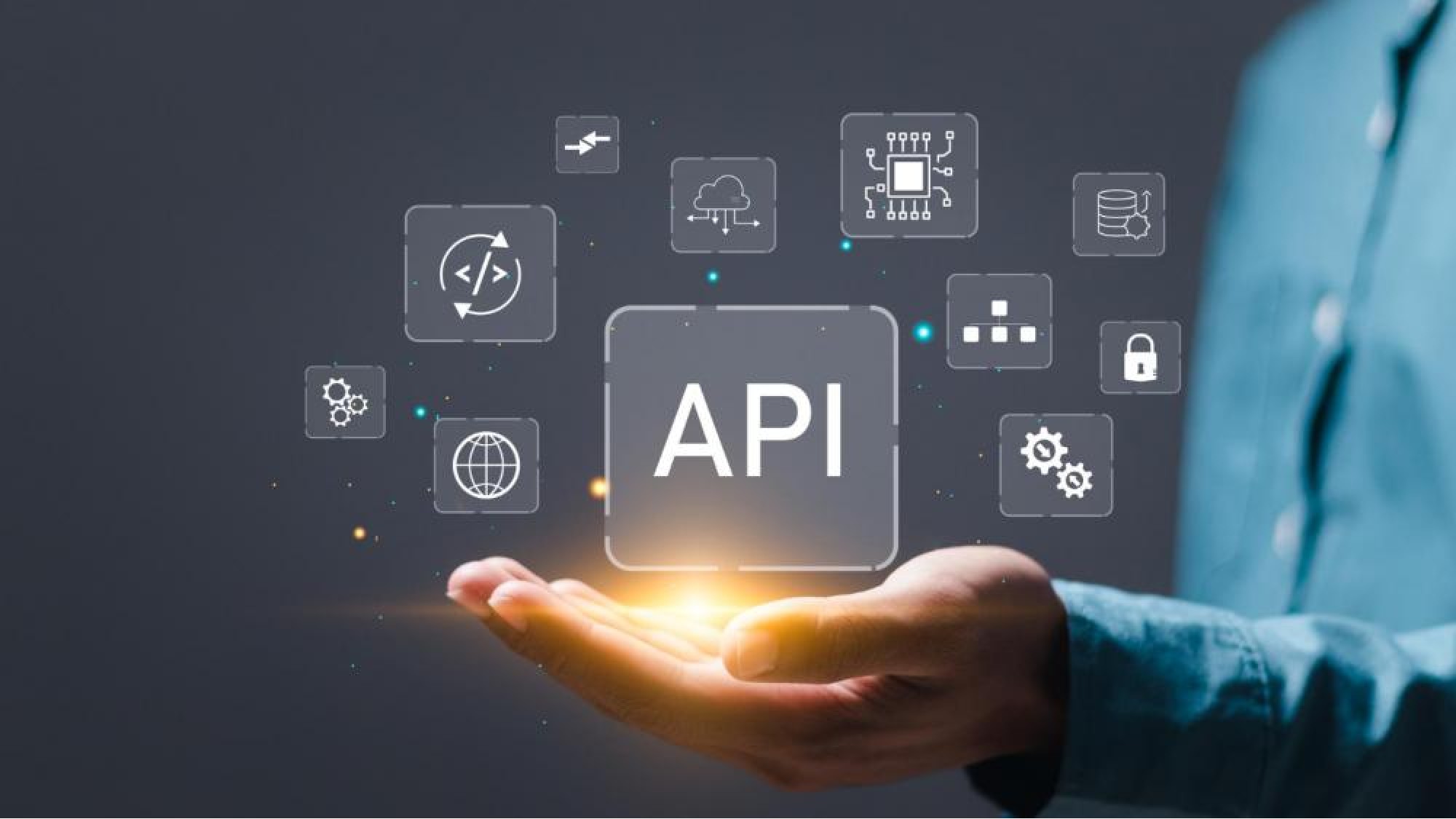API Integration : Best Practices for Successful API Integration

In today’s tech-driven world, API integration has become essential for businesses looking to streamline processes, improve productivity, and provide enhanced customer experiences. By integrating various software applications, businesses can create a unified system that boosts efficiency and keeps data flowing smoothly. This article highlights the best practices for successful API integration, ensuring a secure and effective process that maximizes the benefits of connected applications.
1. Start with Clear Objectives and Planning
API integration can vary widely depending on business goals. Before jumping into the technical aspects, define your integration objectives clearly. Are you looking to improve data accessibility across platforms, automate workflows, or enhance the customer experience? Setting clear goals will help guide the integration process and avoid unnecessary complexity.
2. Choose the Right API Integration Tools
Selecting the right tools is crucial for smooth API integration. Look for tools compatible with your existing systems and scalable as your business grows. Common tools include Zapier, MuleSoft, and Apigee. These tools often provide user-friendly interfaces and extensive documentation, which can reduce setup time and simplify maintenance.
3. Prioritize Data Security and Compliance
API integration opens up data flow between applications, so security should be a top priority. Implementing robust authentication methods, such as OAuth or API keys, can help protect sensitive data. Additionally, make sure your API integration complies with any relevant regulations, such as GDPR or PDPA for businesses operating in Malaysia.
4. Use Version Control and Documentation
APIs evolve over time, and managing changes is crucial for stable integration. Implement version control to ensure compatibility between your applications and avoid disruptions when APIs are updated. Comprehensive documentation is also essential; it makes it easier for teams to understand the integration and allows for easier troubleshooting.
5. Test Extensively Before Full Deployment
Testing is a critical phase of API integration. Conduct thorough tests to ensure the API functions correctly, especially in scenarios involving high volumes of data or complex workflows. Test for data accuracy, error handling, and system compatibility to prevent unexpected issues during full deployment.
6. Monitor API Performance Regularly
After deployment, monitor API performance to ensure it operates smoothly and efficiently. Use monitoring tools to track metrics such as response time, error rates, and data throughput. Regular monitoring can help identify issues early and maintain optimal performance.
Avoiding Common API Integration Pitfalls
While API integration offers numerous benefits, there are common pitfalls to be aware of. Here are some tips to avoid potential issues:
Avoid Overloading the API
High API call volumes can strain system resources. Use rate limiting to control the frequency of API requests, ensuring the system remains stable.
Ensure Proper Error Handling
Errors can occur during API integration, such as connectivity issues or data inconsistencies. Implement proper error handling to manage these occurrences effectively and keep your systems running smoothly.
Keep APIs Updated
APIs evolve, and using outdated versions can lead to compatibility issues. Regularly update your APIs to maintain security and compatibility with new features.
Real-Life Examples of API Integration Success
To help visualize the impact of API integration, here are a few real-life examples of how companies use APIs to streamline processes:
eCommerce Integration
Many online retailers use API integration to connect their website with inventory management systems and shipping providers. This creates a seamless process from order placement to delivery, reducing manual tasks and enhancing customer satisfaction.
Customer Relationship Management (CRM)
Companies integrate APIs between CRM platforms and customer service tools, allowing real-time access to customer data and streamlining support interactions.
Financial Services
Banks and financial institutions integrate APIs with third-party payment gateways and compliance systems, ensuring secure transactions and reducing manual verification tasks.
Benefits of Following Best Practices for API Integration
Adhering to best practices can make API integration smoother, more secure, and more efficient. Here’s why these practices matter:
- Enhanced Security: Protects sensitive data and ensures compliance with regulations.
- Improved Efficiency: Streamlines workflows and automates repetitive tasks.
- Better Performance: Monitoring and testing keep integrations reliable.
- Scalability: Best practices enable easy scaling as your business grows.
Following these practices helps businesses maximize the value of their API integrations, offering a clear competitive advantage.
API integration can transform how your business operates, but achieving a successful integration requires careful planning, tool selection, and ongoing maintenance. By following these best practices, companies can ensure smooth, secure, and scalable API integrations that support business growth and improve customer experiences.
Looking to enhance your API integration strategy? At Searchneasy, we offer customized API integration services that streamline operations and provide secure, scalable solutions. Our experienced team can help you implement best practices, ensuring a seamless and effective integration process.
Contact us today to discover how our API integration solutions can boost your business efficiency and support your digital transformation. Let’s build a smarter, more connected future together!
